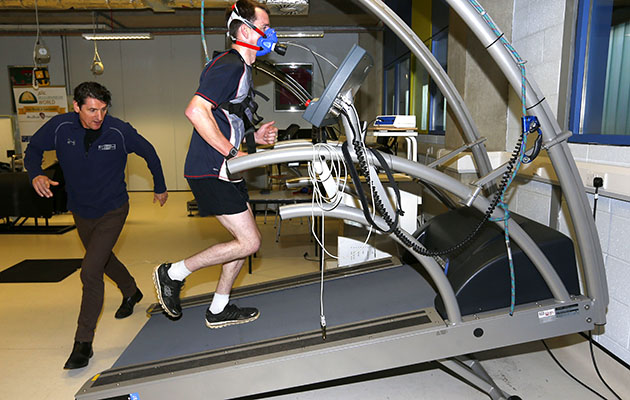
Physical fitness and physiological demands in equestrian athletes
Every equestrian has been confronted with the same remark from outsiders: horse riding isn’t a sport: the horse does all the work! And, even though we all contradict this supposition, we don’t have the real answer to the question: what does horseback riding ask of your body? Despite our belief that it requires quite an effort to work our horses on a decent level, we might be disappointed when we look at the numbers.
This article went to the bottom of this by looking at the literature available concerning the physical activity performed during riding. Due to the limited research that has been done in this field, they were only able to include 15 articles. Among other parameters EMG activity, VO2max, strength, and endurance were discussed.
The main activity during riding is controlling posture: a prolonged contraction of the muscles, with a low power output. This implies that mainly aerobic exercise will help the equestrian improve. However, when intensity and speed increase, riders adopt a more forward position leading to an increased activity of the thigh muscles and resulting in a higher metabolic cost. For this reason, show jumping, eventing and racing demand more of the rider. In these disciplines, anaerobic training could be beneficial.
Expert opinion by Charlotte de Bruyne
The amount of research performed in this area is small and many practical aspects complicate conducting qualitative research. The included studies used small and specific populations, mainly focussing on amateur female riders. This leads to a high bias, and results should be interpreted with caution. In spite of these circumstances, this article can be a useful base when creating an exercise program for an equestrian. The focus should primarily be on core strengthening and control, trained in an aerobic setting.
> From: Douglas et al., Comparative Exercise Physiology, 2012; 8 (1): 53-62. All rights reserved to 2012 Wageningen Academic Publishers. Click here for the online summary.


